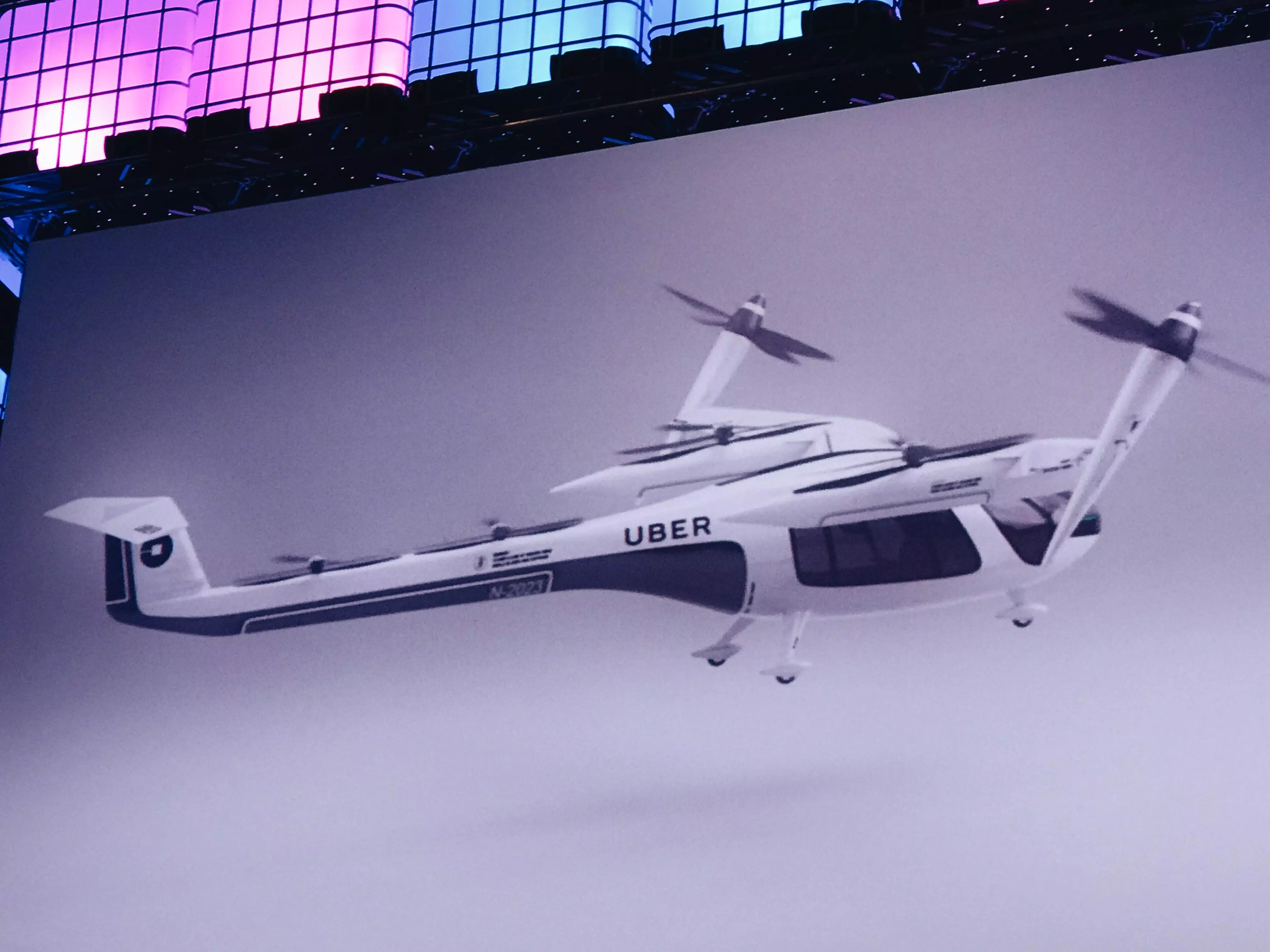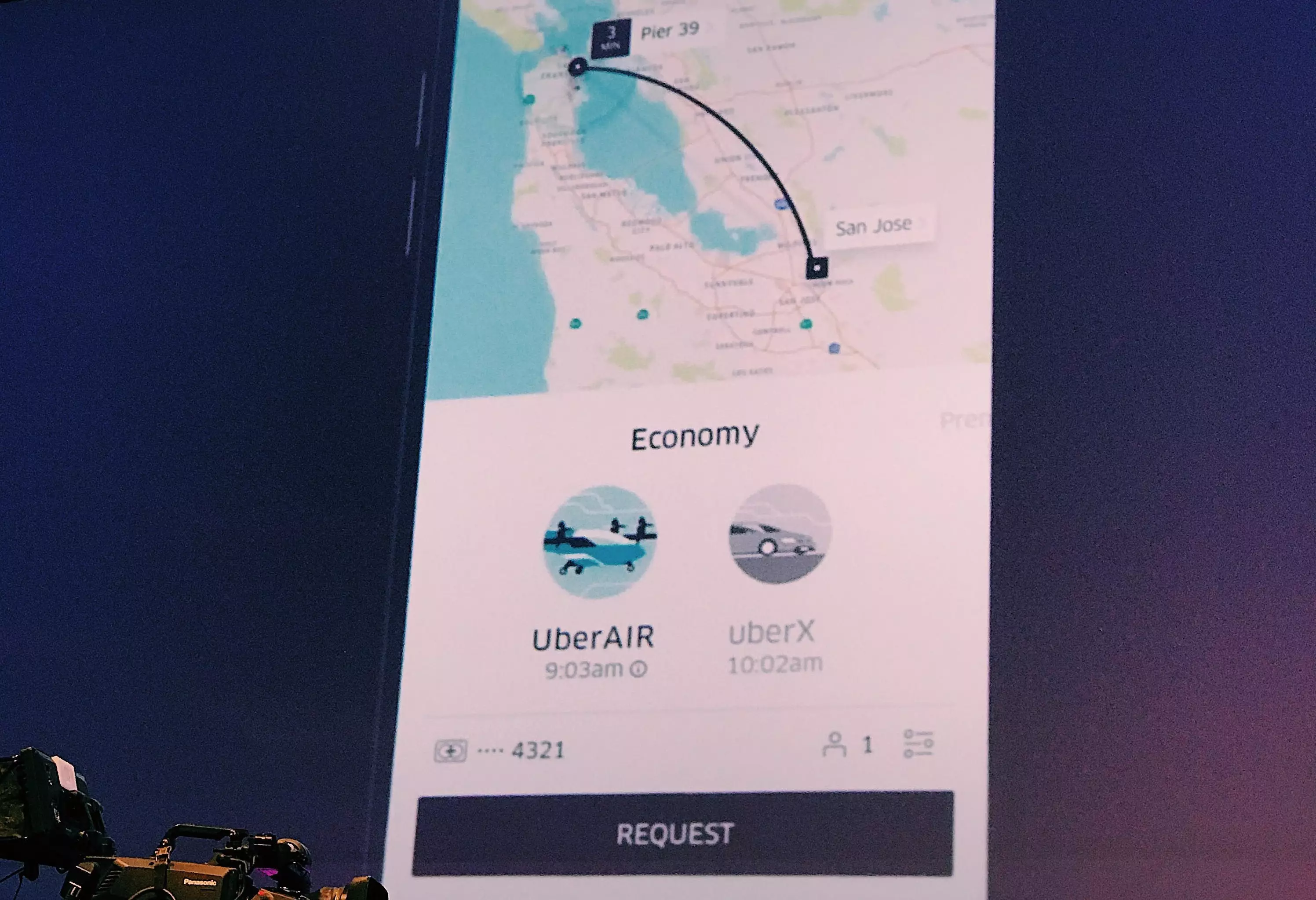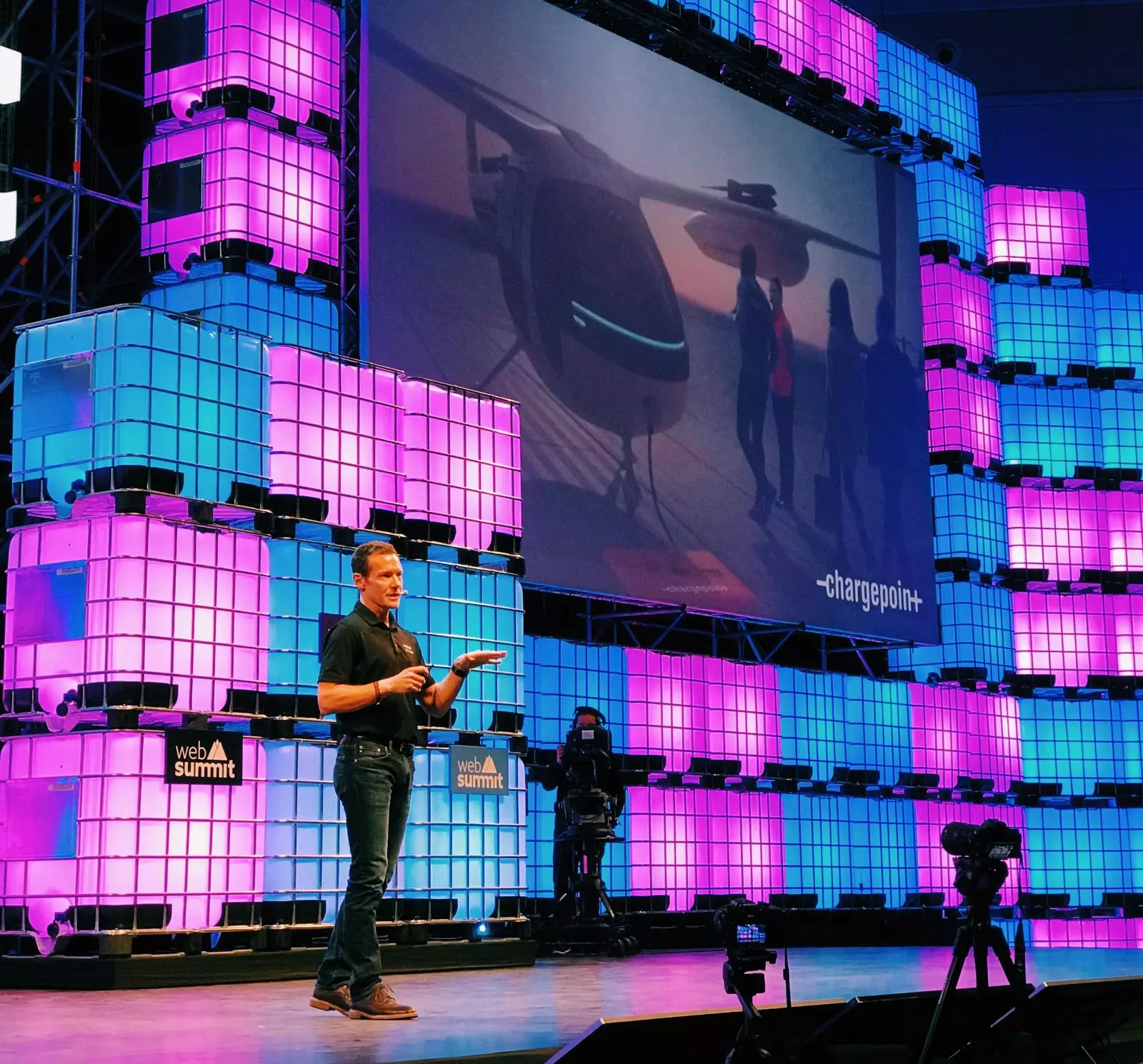Uber compares the usefulness of these transport vehicles to skyscrapers, believing that by shifting some of the traffic into the air, it is saving users time and freeing cities from growing congestion. Revolutionize the transport of passengers, remains the motto.
Uber's flying vehicle

It is 100% electric, has a fly by wire system, can reach 150 to 200 miles per hour, has 60 miles of autonomy and is capable of transporting up to 4 people. Initially, they will be piloted, and for the safety of passengers, the seats are separate from the pilot. But in the not-too-distant future they will be 100% autonomous, with no place for a driver.
According to Uber, this vehicle is 10 times more efficient than a helicopter, requires less maintenance because it is mechanically simpler and is equipped with a redundancy system that allows it to land safely in the event of a breakdown in flight.
Among the various partners for the development of this vehicle is Embraer.
How much will a trip cost?
According to Jeff Holden: “Uber wouldn't build anything that wasn't for everyone. Our goal is to make it cheaper to use UberAIR than a car.” Upon launching UberAIR, Uber expects to charge what it charges for a UberX trip.Agreement with NASA already signed
Uber revealed on the main stage of the Web Summit that it has signed a collaboration protocol with NASA for the development of traffic management in urban airspace.
This collaboration agreement aims to develop new concepts in Unmanned Traffic Management (UTM) and Unmanned Aerial Systems (UAS). This protocol will enable the safe and efficient operation of UAS at low altitudes.

Uber's participation in NASA's UTM Project will help the company launch the first uberAIR demonstration flights in a select number of North American cities in 2020. It is Uber's first collaboration with a government agency to operate an aerial ridesharing network globally.
Uber plans to explore additional collaboration opportunities with NASA that will play an important role in opening up a new market for urban air mobility. This collaboration is part of NASA's commitment to the UTM Project, which includes several public, academic and private institutions.
The National Aeronautics and Space Act gives NASA the exclusive authority to sign SAA agreements with different partners to advance its mission and the pursuit of goals, allowing partners to exchange information and work together toward specific goals.
Dr. Parimal Kopardekar, Senior Air Transport Systems Technologist at NASA's Ames Research Center, will coordinate the collaboration between Uber and NASA.

Jeff Holden, Uber's Chief Product Officer, noted: “This space agreement paves the way for Uber to collaborate with NASA to develop the next generation of airspace management technology. uberAIR will operate many more flights on a daily basis in cities than ever before. Doing so safely and efficiently will require a profound shift in airspace management technologies. Combining Uber's software engineering and development capabilities with NASA's decades of experience in this field will provide crucial advancement for Uber Elevate.”
UberAIR arrives in Los Angeles
Uber selected Los Angeles as the second North American city where uberAIR will be available. The goal is to start testing this new service in 2020, which will consist of a network of electric aircraft that will allow urban flights with a maximum of four passengers. These electric vertical take-off and landing vehicles (VTOLs) differ from helicopters in that they are quieter, safer, more affordable and more environmentally friendly.
Using data from the most popular routes when traveling with Uber, and looking to provide an alternative to the most congested road journeys, uberAIR will be designed to help reduce traffic congestion and travel times, contributing to the long-term reduction of traffic congestion. polluting emissions in cities.
